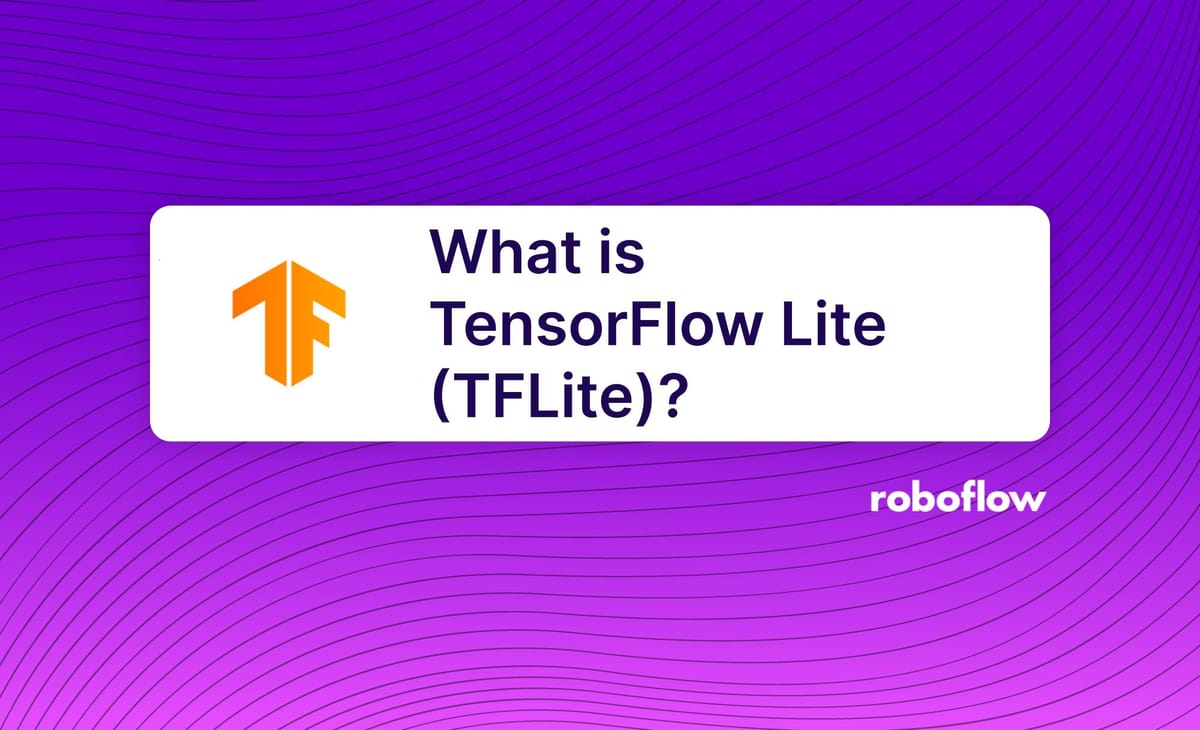
TensorFlow Lite, often referred to as TFLite, is an open source library developed by Google for deploying machine learning models to edge devices. Examples of edge deployments would be mobile (iOS/Android), embedded, and on-device. You can use TFLite for natural language processing, computer vision, or any machine learning model you build in TensorFlow.
Follow our guide on choosing your computer vision deployment method if you are unsure deploying to the edge is the right solution for you.
When deploying to the edge, you may want to work with models that are smaller and have lower latency and TensorFlow Lite allows you to convert your neural network into a format that works better on those devices.
TensorFlow Lite allows you to convert a TensorFlow model (using TensorFlow Lite Converter) to get a .tflite file and then load that file on your device.
When using TFLite for computer vision, you are able to do on-device inference for things like image classification or object detection.
How to Guides for TensorFlow Lite
If you're interested in trying TFLite for computer vision use cases, take a look at our step-by-step guide on how to train a mobile object detection model with YOLOv4 Tiny and how to train a custom TensorFlow Lite object detection model to deploy with Android, iOS, or Raspberry Pi.
Roboflow offers an iOS SDK for computer vision which you can use for deploying to the edge as well.
Cite this Post
Use the following entry to cite this post in your research:
Trevor Lynn. (Jul 13, 2022). What is TensorFlow Lite?. Roboflow Blog: https://blog.roboflow.com/what-is-tensorflow-lite/
